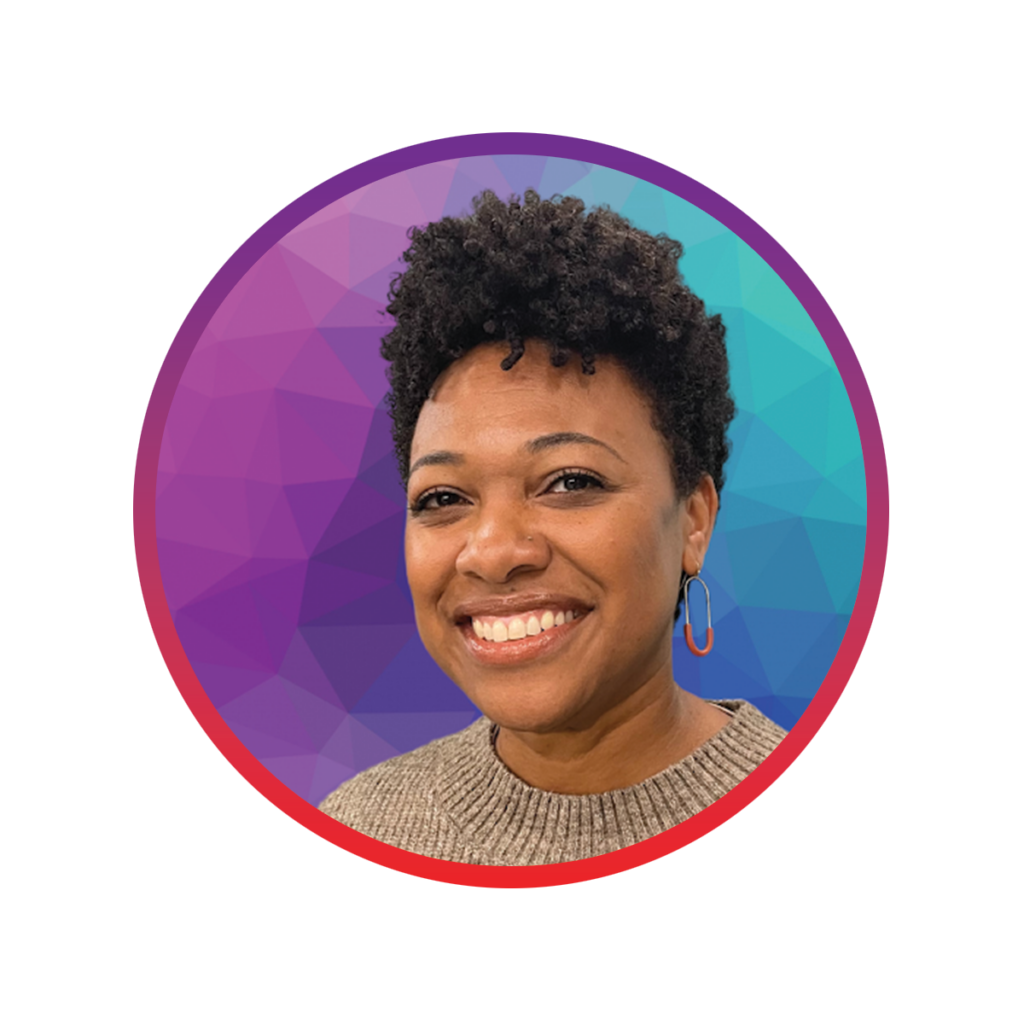This blog was originally published on October 1, 2016. It has been updated with new resources and information.
With a presidential election underway, the media is buzzing with campaign coverage, and your students are likely picking up on it. This may lead to election-related discussions in the classroom, and one area that often confuses students is the Electoral College. While you’re probably familiar with it, explaining its intricacies—especially to students with detailed questions—can be challenging. As we often remind our students, the best way to grasp a complex topic is to break it down into manageable parts.
Here’s a breakdown of what the Electoral College is and how it works:
1. What are the Electors?
Electors are agents from each state who have pledged to vote for a presidential candidate based on the popular vote of their state. The number of electors for each state is equal to the number of congressional seats in that state. There are a total of 538 electors, which correspond to the 435 State Representatives, 100 State Senators, as well as the District of Columbia’s 3 electors. The 23rd amendment spells out that Washington DC shall receive the same number of electoral votes as the state with the smallest population, which is currently 3.
Find out the number of electors in your state here.
2. How does the Electoral College work?
During the general election, citizens will cast their vote for a presidential candidate. This tally is known as the popular vote. In 48 states, the candidate with the majority of the popular vote will win all of the votes from the electors in that state. This is called the “Winner-Take-All Method” because the winner of the popular vote receives all of the electoral votes for that state.
There are 2 states (Maine and Nebraska), however, that use the “Congressional District Method.” Through this method, these two states are divided into a number of districts. The winner of each district is awarded one electoral vote, and the winner of the state-wide popular vote is awarded two additional electoral votes. In order for a candidate to be elected president, they need to secure 270 Electoral College votes.
3. How are Electors chosen?
Each candidate running for President has their own group of electors (known as a slate) in each state. The slates are generally chosen by the candidate’s political party, but state laws vary on how the electors are selected and what their responsibilities are.
4. Is the Electoral College fair?
During the Constitutional Convention of 1787, delegates argued about how to elect the president. Some delegates wanted the president to win by popular vote, while others argued that either Congress or state legislatures should elect a leader. The Electoral College was formed to satisfy the concerns of these two groups. Citizens cast their votes for a candidate, but the electors actually choose the president.
Many would argue, however, that this system is far from perfect because a candidate can win the popular vote and still lose the election. For example, in the 2000 presidential election, Al Gore won the popular vote with 51% of the vote, but George W. Bush won the majority in the Electoral College with 271 electoral votes. Another reason people debate the fairness of the Electoral College is because it gives a few unpredictable “swing” States a lot of influence over the election. These states often “swing” their votes between parties with each election.
When it comes to talking about the election in the classroom, it can be hard to know where to begin! The following resources provide helpful overviews and considerations for teaching and talking about the election with students:
- “The Civically Engaged Classroom: A Guide for Teaching During the Election,” by Mary Ehrenworth, Marc Todd, and Pablo Wolfe
- “Teaching in an Election Season: Rights and Responsibilities,” from inquirED

Marcee Harris is the Director of Curriculum and Instruction at Teaching Channel. She holds a B.A. in Elementary Education and Sociology, as well as an M.A. Ed. in Education. Marcee specializes in curriculum development, maintaining and updating our course catalog, and partners with her Teaching Channel teammates to ensure customer success. Marcee is our resident expert for everything related to EdTech and the Science of Reading.
Fun Fact: Marcee used to be a professional cheerleader!








